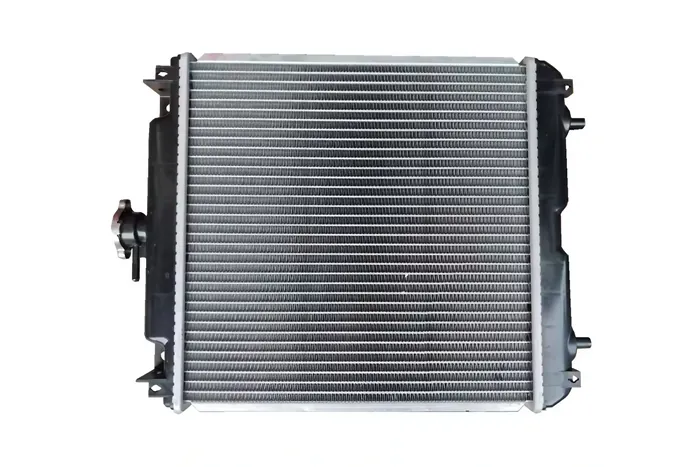Maintenance of Excavator Water Tank

Proper maintenance of an excavator Water Tank is crucial for ensuring the longevity and efficiency of the machine. Regular upkeep not only prevents unexpected breakdowns but also enhances the overall performance and operational lifespan of the excavator. This article outlines key steps and considerations for maintaining an excavator water tank effectively.
Importance of Water Tank Maintenance
The water tank in an excavator plays a pivotal role in regulating the engine's temperature. It holds the coolant that circulates through the engine, dissipating heat and preventing overheating. Neglecting the water tank can lead to serious engine damage, costly repairs, and significant downtime.
Regular Inspection
Visual Inspection:
Check the water tank and related components for visible signs of wear, corrosion, or damage. Look for leaks, cracks, or rust, which can compromise the tank's integrity.
Coolant Level:
Ensure the coolant level is within the recommended range. Low coolant levels can indicate leaks or excessive consumption, requiring immediate attention.
Coolant Quality:
Inspect the coolant's color and consistency. Contaminated or degraded coolant can reduce cooling efficiency. If the coolant appears rusty, cloudy, or contains debris, it's time for a replacement.
Cleaning and Flushing
Periodic Cleaning:
Regularly clean the exterior of the water tank to remove dirt and debris that could cause corrosion over time. Use appropriate cleaning agents that do not damage the tank material.
System Flushing:
Flush the cooling system periodically to remove old coolant and contaminants. This helps in maintaining the cooling efficiency and preventing buildup of harmful deposits.
Coolant Replacement
Scheduled Replacement:
Follow the manufacturer's guidelines for coolant replacement intervals. Using the correct type and mixture of coolant is essential for optimal performance.
Mixing Coolant:
Always mix coolant with distilled water in the recommended ratio. Using tap water can introduce minerals and impurities that lead to scaling and corrosion.
Component Check
Hoses and Connections:
Inspect hoses and connections for signs of wear, leaks, or damage. Replace any faulty components to prevent coolant loss and ensure efficient operation.
Radiator Cap:
Check the radiator cap for proper sealing and pressure regulation. A faulty cap can lead to coolant loss and overheating issues.
Preventive Measures
Use Quality Products:
Use high-quality coolants and replacement parts that meet the manufacturer's specifications. This ensures compatibility and longevity.
Regular Monitoring:
Implement a routine monitoring schedule to keep track of coolant levels, temperature readings, and overall system performance. Early detection of issues can prevent major problems.
Conclusion
Effective maintenance of an excavator water tank involves regular inspection, cleaning, and timely replacement of coolant and related components. By adhering to these practices, operators can ensure their Excavators run smoothly, avoid costly repairs, and extend the machine's operational life. Proper water tank maintenance is a critical aspect of overall equipment care that should never be overlooked.
Why Choose SAIVS™ as Your Supplier?
Committed to innovation and customer needs, SAIVS specializes in high-quality machinery components for diverse industries like construction, mining, and agriculture. They offer a wide range of parts, including undercarriage components for popular brands, ensuring optimal performance and durability. values customer satisfaction, providing competitive prices, fast shipping, and exceptional service to keep your operations running smoothly.